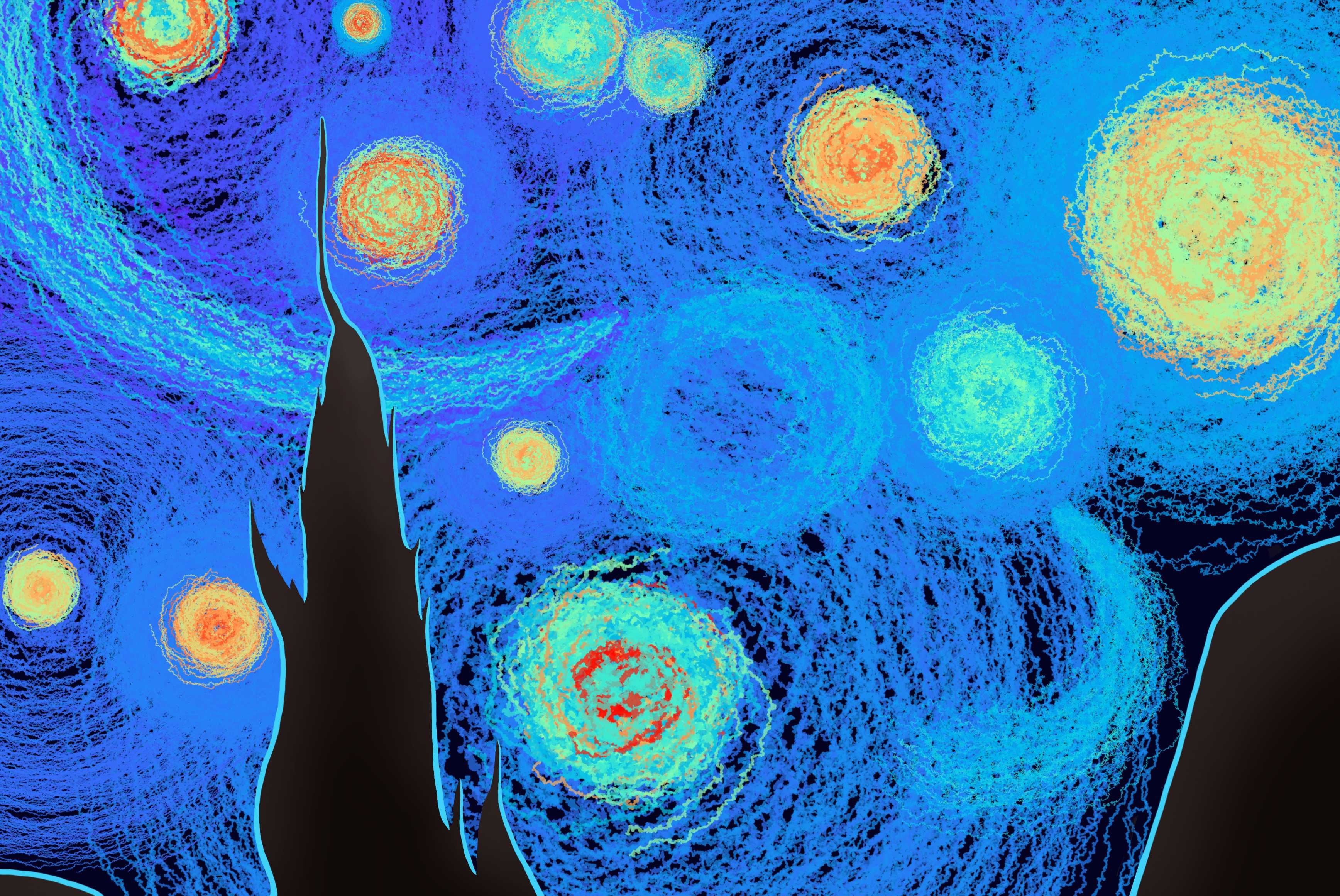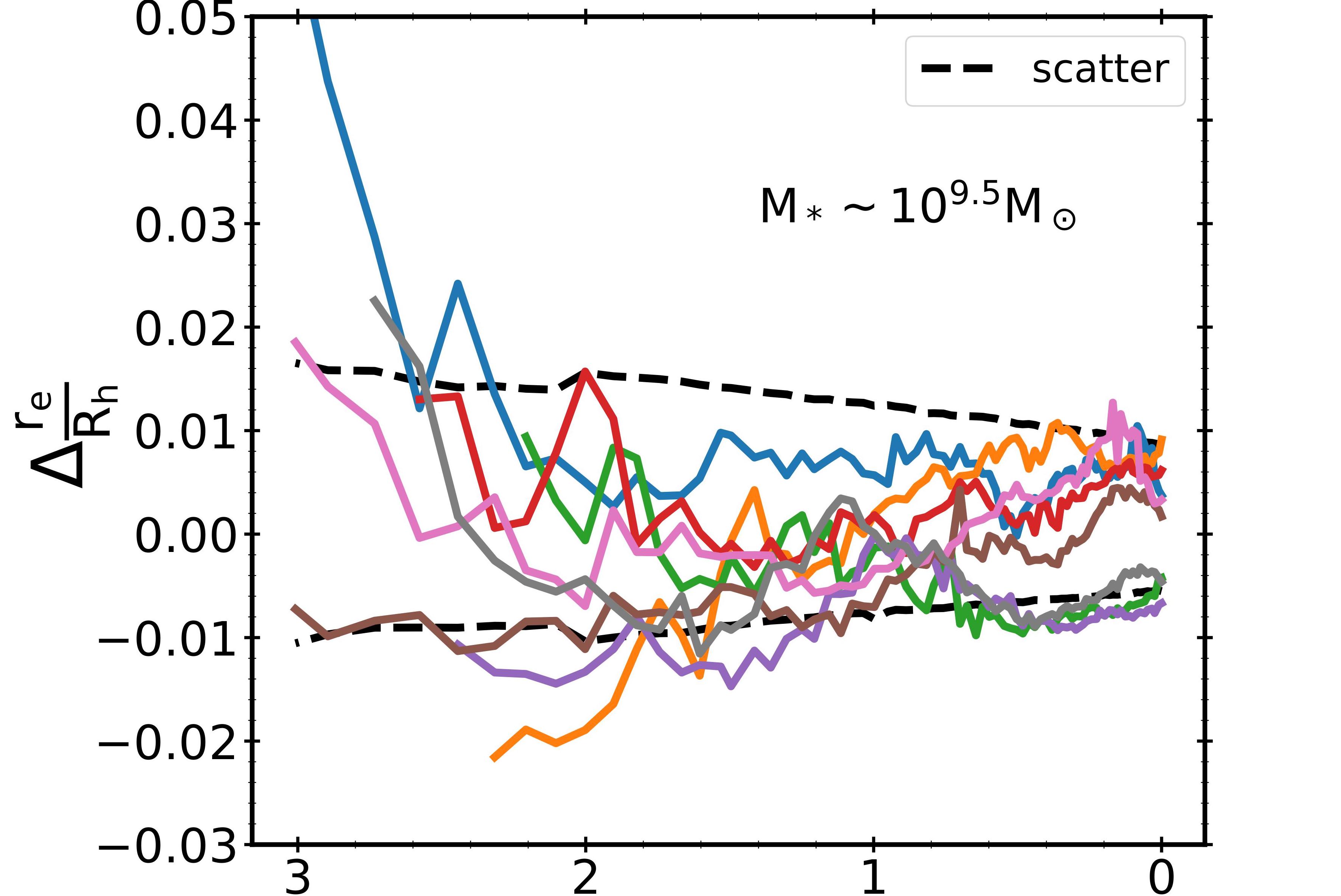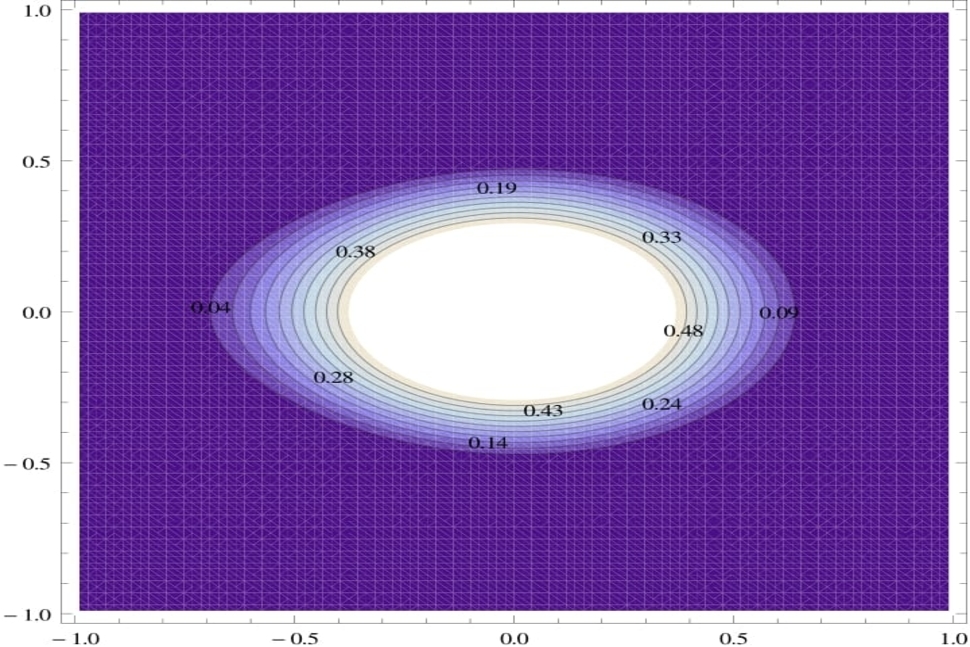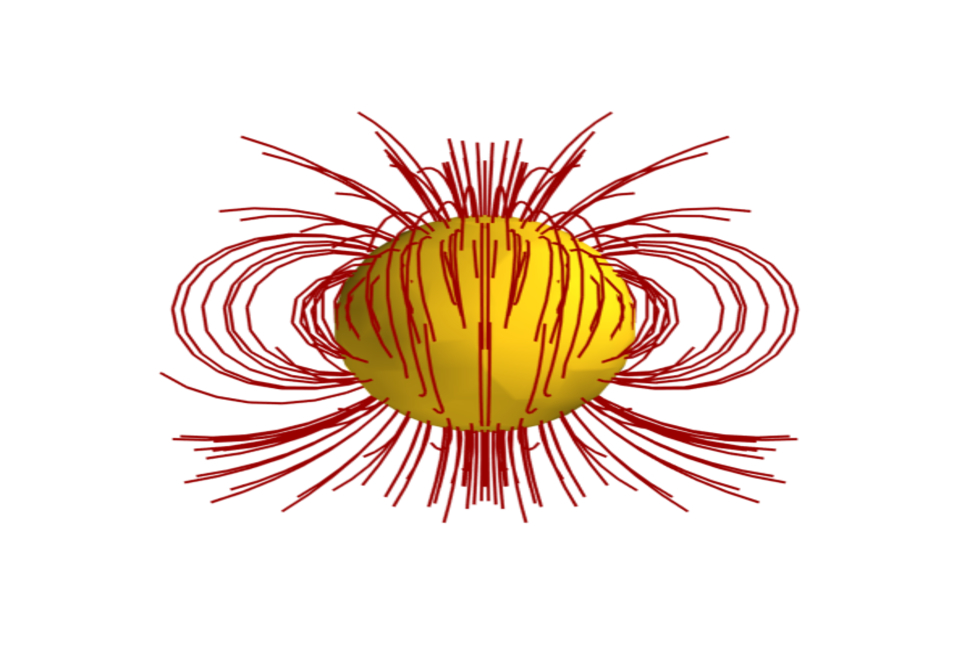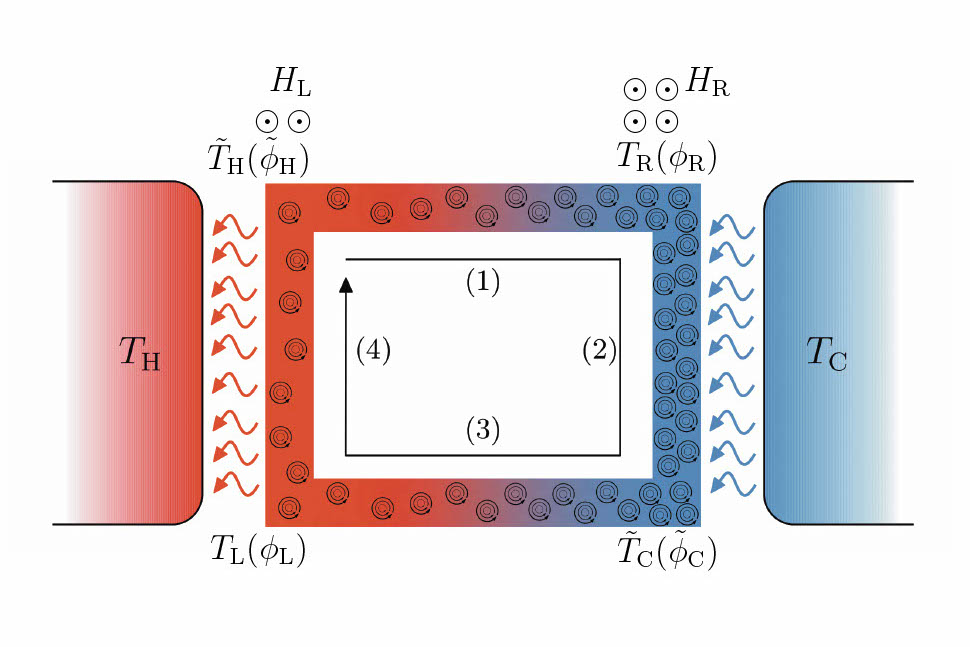
Fluxon Refrigerator (2021-2022)
In type-II superconductors, above a certain critial external magnetic field, the field lines start penetrating the sample and we have an intermediate state consisting of puddles of normal metals surrounded by superconducting material. Each of these puddles or vortices carry a quanta of flux and are called fluxons.
In our work, we propose a refrigeration scheme (as shown) by using the fluxons as a working substance. By applying an external current the fluxons are driven across a magnetic field gradient. In the process they extract heat from a cold reservoir and dump it into a hot reservoir.
